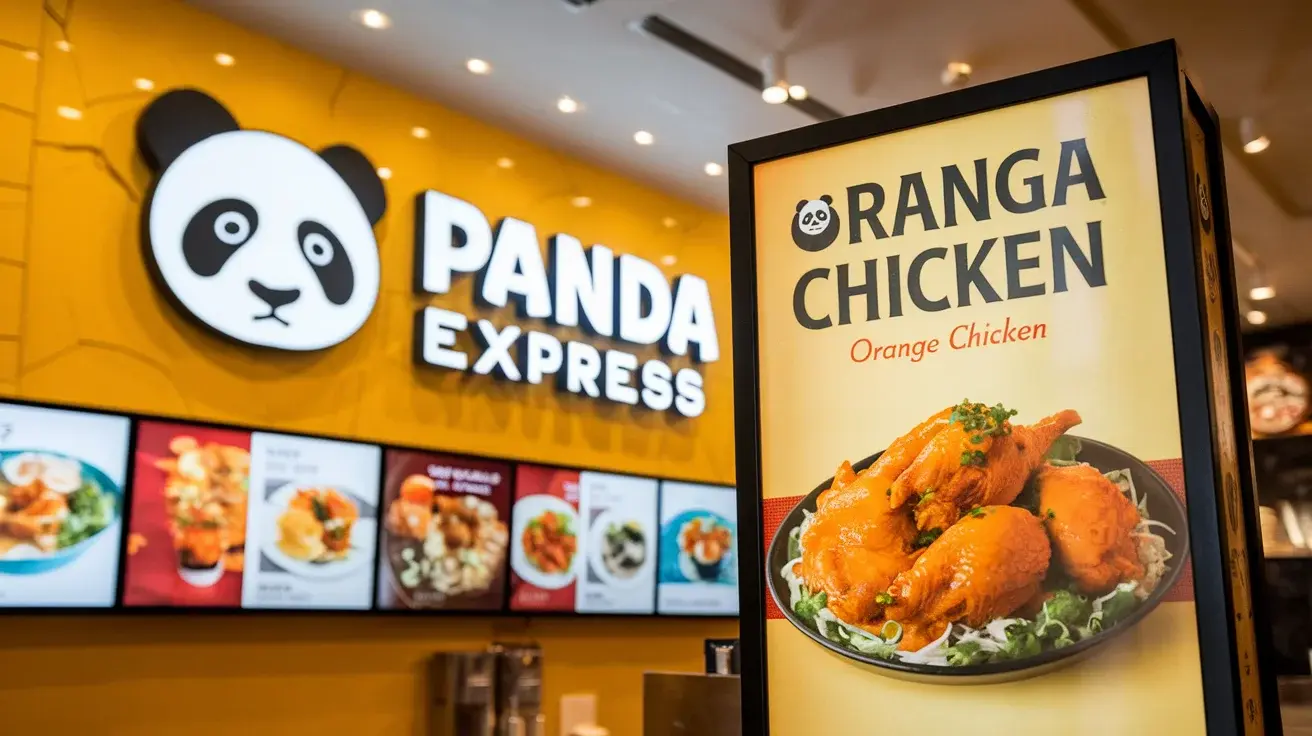Why Didn’t Panda Express Trademark Orange Chicken?

Panda Express’s orange chicken is one of the most iconic dishes in American Chinese cuisine, loved by millions for its sweet and tangy flavors. Despite its immense popularity, many wonder why Panda Express never trademarked this signature dish. In this article, we will explore the reasons behind the lack of a trademark on orange chicken, the strategic decisions of Panda Express, and how it remains a leader in the fast-casual industry.
What is Orange Chicken?
Orange chicken was introduced by Panda Express in 1987 by Chef Andy Kao. The dish, which blends the tangy taste of orange with crispy chicken bites, quickly became the chain’s best-seller, with over 90 million pounds sold annually. It’s important to note that despite its Chinese flavor influences, orange chicken is purely an American invention.
Why Trademarking a Dish Like Orange Chicken is Uncommon
While it’s common for companies to trademark logos, names, and slogans, trademarking specific recipes or dishes is much more challenging. U.S. trademark law generally does not allow the protection of a specific dish or food item unless it has a distinctive name that differentiates it from other similar products. Trademarking “orange chicken” would likely not be possible as it’s a descriptive term for the ingredients and preparation, making it difficult to enforce exclusive rights over the recipe.
Panda Express’s Approach to Protecting its Brand
Instead of focusing on the trademark for a specific dish, Panda Express has protected its broader brand elements, including its name and panda logo. For example, the company ensured early trademark protections for “Panda” and “Panda Express,” allowing them to safeguard their brand from competitors attempting to imitate their concept. This has helped them avoid legal disputes, like the one against the Arizona-based Panda Libre.
The strength of the Panda Express brand lies in its consistent customer experience, well-recognized branding, and popular menu offerings. The orange chicken is just one component of a broader strategy that emphasizes fast, flavorful Chinese-American dishes.

Why the Lack of a Trademark Didn’t Hurt Panda Express
Even though the orange chicken isn’t trademarked, Panda Express continues to thrive as the leader in Chinese fast-casual dining. Several factors have contributed to this success:
- Constant Innovation: Panda Express has an “Innovation Kitchen” where new recipes are developed and tested. This allows them to consistently refresh their menu and respond to customer preferences, ensuring long-term customer loyalty.
- Iconic Dish Status: Orange chicken has become so closely associated with Panda Express that it doesn’t need legal protection to distinguish itself from competitors. Other restaurants might offer similar dishes, but for many, Panda Express is synonymous with orange chicken.
- Brand Loyalty and Quality Control: The chain sells around 285,000 servings of orange chicken daily, showing how deeply ingrained this dish is in its identity. Panda Express’s commitment to maintaining the quality and flavor of its orange chicken ensures that loyal customers keep coming back, regardless of whether it’s trademarked.
Conclusion
So, why didn’t Panda Express trademark orange chicken? Although Panda Express didn’t trademark its signature orange chicken, it hasn’t hurt the brand’s success. The dish remains a staple in the world of American Chinese cuisine, and Panda Express continues to dominate the fast-casual market by focusing on brand strength, innovation, and customer satisfaction. The lack of a trademark on the dish highlights how branding, rather than legal protection of individual items, can be a key strategy for long-term success.
If you love Panda Express’s orange chicken and want to learn more about the brand’s journey, try visiting their Innovation Kitchen or exploring new dishes the next time you order.






